Located in central Massachusetts, Worcester boasts a storied history that reflects the broader narrative of the United States.
From its colonial beginnings to its pivotal role in the American Revolution and its subsequent industrialization, Worcester has been a key player in shaping the social, economic, and political landscape of the region.
The city’s rich tapestry includes moments of triumph and adversity, from hosting the first public reading of the Declaration of Independence in Massachusetts to grappling with the challenges of industrialization and social reform.
Through its historical events and milestones, Worcester has emerged as a symbol of resilience, innovation, and community spirit.
History of Worcester MA
The history of Worcester, Massachusetts, is a tapestry woven with threads of resilience, innovation, and cultural diversity.
From its humble beginnings as a colonial settlement to its emergence as a rich urban center, Worcester’s story is one of adaptation and transformation.
Here are the key historical events that have shaped the city:
Colonial Settlement
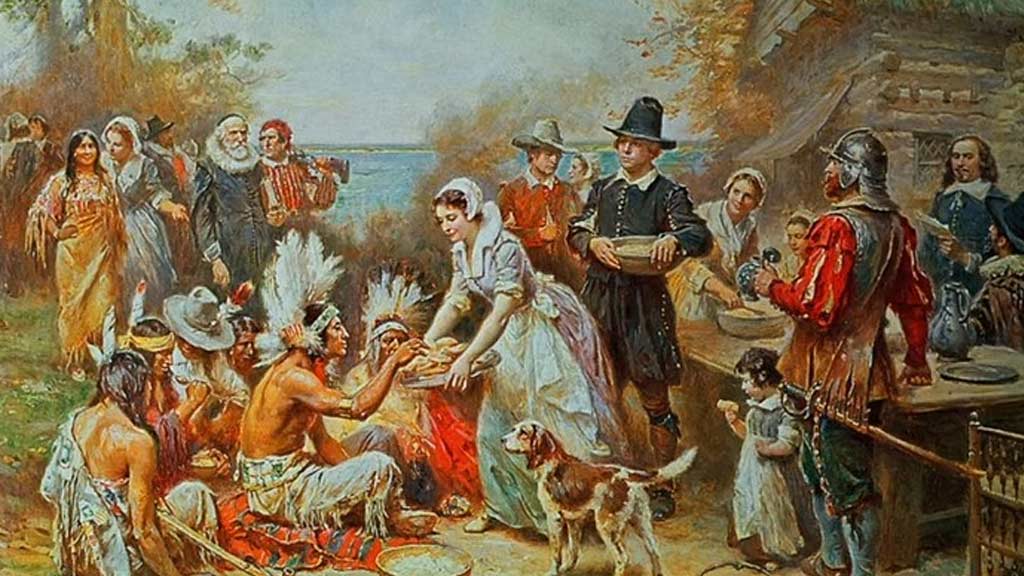
Worcester’s colonial settlement was part of the broader expansion of European settlers into the New England region.
Originally inhabited by indigenous peoples, the area that would become Worcester attracted English colonists seeking land and opportunities.
The town’s early economy revolved around agriculture, with farms dotting the landscape. As the population grew, Worcester became a center for trade and commerce, setting the stage for its future development.
American Revolution
Worcester’s significance during the American Revolution stemmed from its strategic location and its fervent support for independence.
The town was a hub of patriotic sentiment, with residents actively participating in protests against British policies such as the Stamp Act and the Tea Act.
The first public reading of the Declaration of Independence in Massachusetts took place in Worcester’s Old South Meetinghouse, symbolizing the town’s commitment to the revolutionary cause.
Shays’ Rebellion
Shays’ Rebellion was a grassroots uprising led by farmers and rural workers who were struggling with debt and economic hardship in the aftermath of the Revolutionary War.
Worcester emerged as a major center of rebellion, with Daniel Shays, a former Revolutionary War captain, leading protests and demonstrations against perceived injustices.
The rebellion culminated in the infamous Worcester Insurrection of 1786, when armed insurgents attempted to seize control of the county courthouse.
Although the rebellion was eventually quelled, it underscored the challenges facing post-war America and the need for a stronger central government.
Industrialization
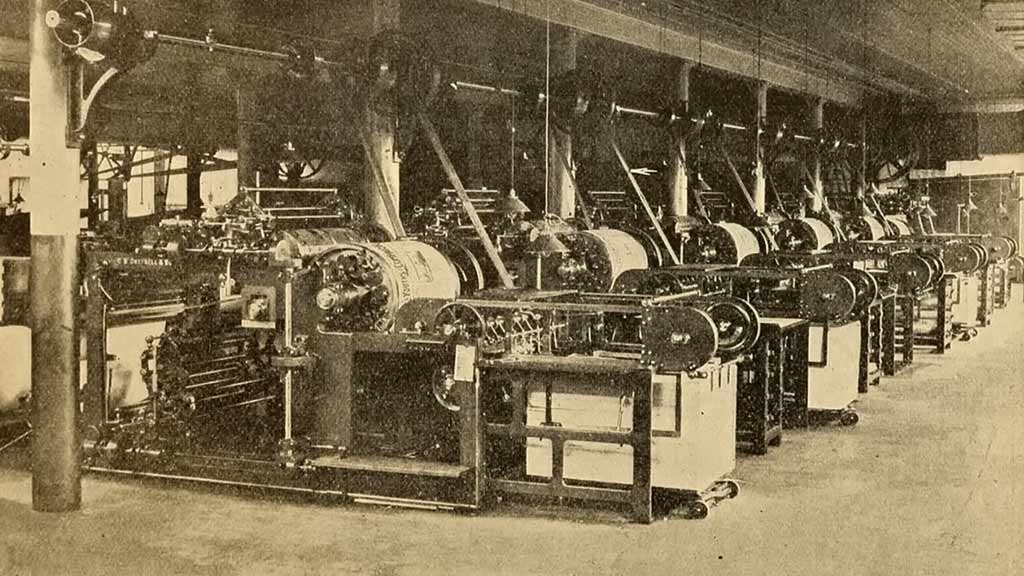
The 19th century saw Worcester undergo a profound transformation with the advent of industrialization.
The construction of railroads and canals facilitated the transportation of goods and raw materials, fueling the growth of manufacturing industries in the city.
Worcester became known for its diverse array of products, including textiles, machinery, firearms, and ceramics.
Innovations such as the Worcester System, a method of organizing and managing textile production, contributed to the city’s industrial success.
By the late 19th century, Worcester had firmly established itself as a leading industrial center in New England.
Abolitionism
Worcester was at the forefront of the abolitionist movement in the United States. The city’s vivid community of abolitionists, including figures such as Abby Kelley Foster, played a pivotal role in advocating for the end of slavery.
Worcester hosted numerous anti-slavery conventions, including the founding convention of the American Anti-Slavery Society in 1833.
These gatherings attracted prominent activists and intellectuals from across the country, galvanizing support for the abolitionist cause.
Worcester’s commitment to abolitionism reflected its broader ethos of social reform and humanitarianism.
Worcester Cold Storage Fire
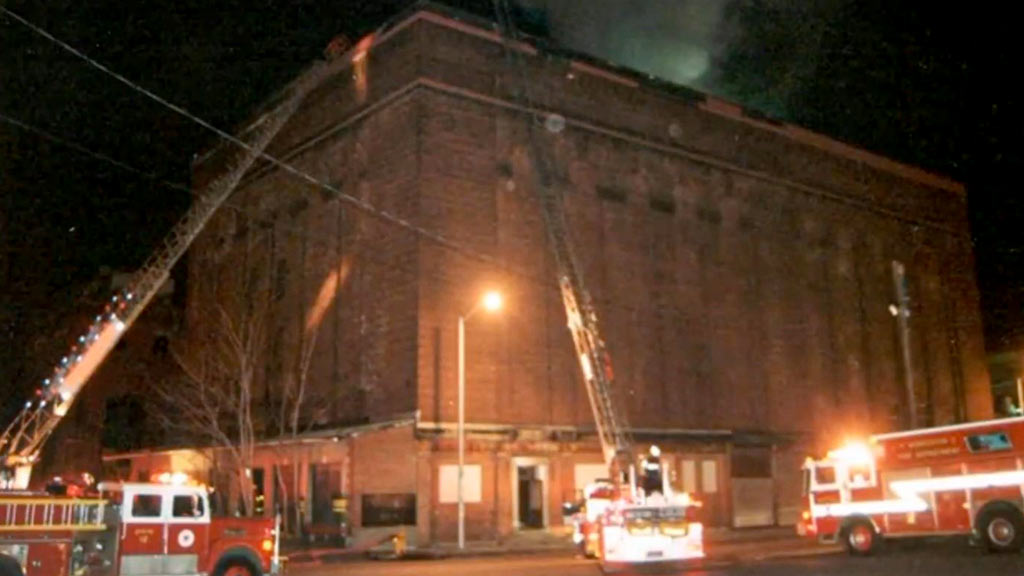
The Worcester Cold Storage Fire was a tragic event that deeply impacted the city and its residents. On December 3, 1999, a fire broke out in an abandoned warehouse, trapping six firefighters inside.
Despite the efforts of emergency responders, all six firefighters lost their lives in the line of duty. The fire highlighted the dangers faced by firefighters and underscored the importance of fire safety measures.
In the aftermath of the tragedy, the Worcester community came together to mourn the fallen heroes and support their families.
The incident sparked reforms in firefighting procedures and safety standards, ensuring that the sacrifice of the firefighters would not be forgotten.
A Timeline of Worcester
Here’s a timeline highlighting significant events in the history of Worcester, Massachusetts:
1630s-1650s: The area of present-day Worcester is inhabited by Nipmuc and other Native American tribes.
1673: European settlement begins in the Worcester area when John Eliot establishes a Praying Indian village called Pakachoag, near what is now known as Worcester’s Indian Hill.
1684: King Charles II of England revokes the Massachusetts Bay Colony‘s charter, placing the region, including Worcester, under direct royal control.
1713: Jonas Rice settles in the area now known as Worcester, becoming one of its first English settlers.
1722: Worcester is officially incorporated as a town, named after Worcester, England.
1775-1783: Worcester residents actively participate in the American Revolutionary War, supporting the patriot cause.
1776: Worcester hosts the first public reading of the Declaration of Independence in Massachusetts.
1786-1787: Shays’ Rebellion, an armed uprising against economic injustices and perceived government overreach, has significant activity in Worcester.
1828: The Blackstone Canal opens, connecting Worcester to Providence, Rhode Island, and facilitating trade and transportation.
1831: The Worcester County Horticultural Society is founded, promoting agricultural and horticultural practices in the region.
1836: The Worcester Polytechnic Institute (WPI) is founded, becoming one of the nation’s first engineering and technology universities.
1848: The Worcester County Mechanics Association establishes Mechanics Hall, a cultural and entertainment venue that remains a landmark in the city.
1874: The Worcester Red Stockings, a professional baseball team, is established, laying the groundwork for the city’s enduring connection to the sport.
1880: J. Lee Richmond pitches the first perfect game in Major League Baseball history while playing for the Worcester Ruby Legs.
1898: The Worcester Art Museum opens its doors, showcasing a diverse collection of artwork spanning cultures and time periods.
1906: Mechanics Hall hosts the first national convention of the National Association for the Advancement of Colored People (NAACP), marking Worcester’s role in the civil rights movement.
1953: The Worcester Foundation for Experimental Biology is founded, conducting groundbreaking research in genetics and molecular biology.
1963: Harvey Ball, a Worcester native, creates the iconic smiley face symbol.
1999: The Worcester Cold Storage and Warehouse Co. fire claims the lives of six firefighters in one of the city’s deadliest firefighting incidents.
2000s-Present: Worcester experiences revitalization efforts, with developments in education, healthcare, and technology contributing to its growth and transformation into a rich urban center. The city continues to celebrate its rich history while embracing innovation and diversity.
Fun Facts About Worcester, MA
Worcester, Massachusetts, is a city filled with history, culture, and plenty of interesting tidbits.
Here are some fun facts about Worcester:
Birthplace of the Smiley Face
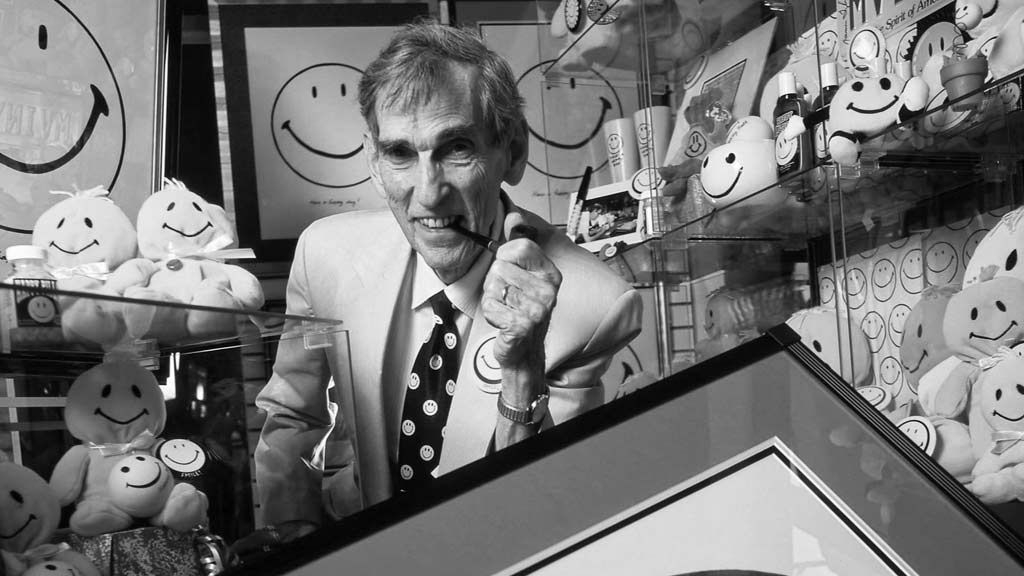
The creation of the smiley face by Harvey Ball in Worcester wasn’t just a quirky doodle—it became a globally recognized symbol of happiness and positivity.
Ball, a local graphic designer, was commissioned by a local insurance company to boost morale among its employees.
Little did he know that his simple design would transcend its original purpose and become an enduring icon worldwide.
The smiley face’s legacy lives on in countless variations and adaptations, from emojis to merchandise, spreading joy wherever it goes.
Home of the First Perfect Game in Major League Baseball
J. Lee Richmond’s perfect game for the Worcester Ruby Legs was a historic moment in baseball history.
The feat, accomplished on the Worcester Agricultural Fair Grounds, marked the pinnacle of pitching perfection and set a standard that would be revered for generations.
Worcester’s place in baseball history is immortalized by Richmond’s remarkable achievement, reminding us of the city’s deep-rooted connection to America’s pastime.
Nickname “The Heart of the Commonwealth”
Worcester’s nickname reflects its central role in Massachusetts’ cultural and economic landscape. As the second-largest city in New England, Worcester serves as a vital hub for transportation, education, healthcare, and commerce.
Its strategic location at the crossroads of major highways and railways has earned it the title of “The Heart of the Commonwealth,” symbolizing its importance as a focal point of activity and vitality in the region.
Diverse Culinary Scene
Worcester’s culinary scene is a melting pot of flavors and influences from around the globe. From beloved diners serving up classic American comfort food to family-owned restaurants dishing out authentic ethnic cuisine, there’s no shortage of culinary delights to discover.
Worcester’s food culture reflects its diverse population and adventurous palate, making it a destination for foodies seeking new and exciting culinary experiences.
Innovation and Technology Hub
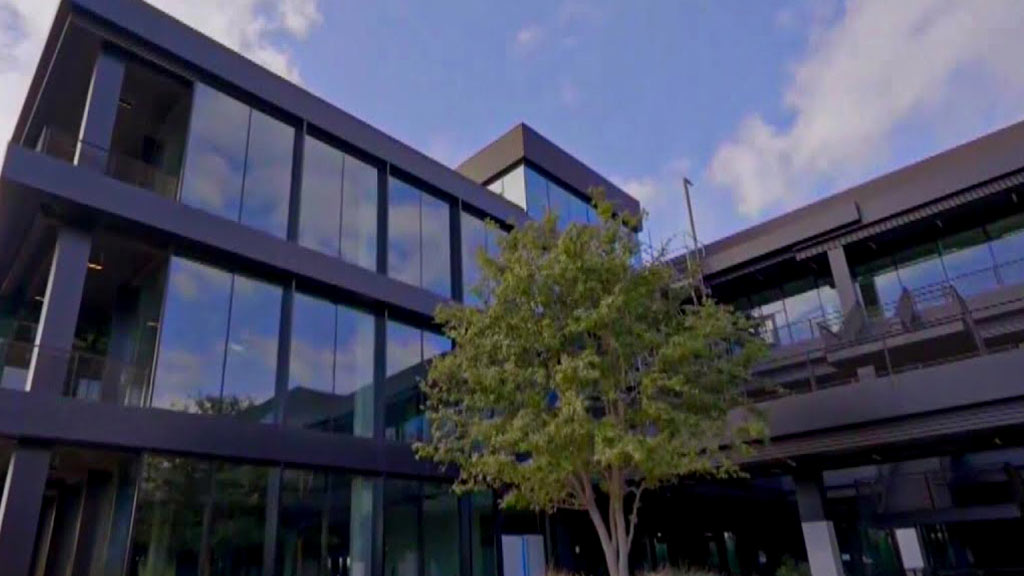
Worcester’s legacy of innovation dates back centuries and continues to thrive in the modern era. Institutions like Worcester Polytechnic Institute (WPI) drive technological advancements and research breakthroughs in fields ranging from robotics to biomedical engineering.
The city’s entrepreneurial spirit and collaborative ecosystem foster innovation and attract talent from around the world, positioning Worcester as a dynamic hub of creativity and ingenuity.
Cultural Landmarks
Worcester’s cultural landmarks are testaments to its rich heritage and artistic vitality. The Worcester Art Museum showcases a diverse collection of artwork spanning millennia, from ancient civilizations to contemporary masters.
Meanwhile, the Hanover Theatre for the Performing Arts brings world-class entertainment to the heart of Worcester, captivating audiences with Broadway shows, concerts, and theatrical performances.
These cultural institutions enrich the fabric of Worcester’s cultural landscape, offering inspiration and enlightenment to residents and visitors alike.
Eclectic Neighborhoods
Worcester’s neighborhoods each have their own distinct character and charm, reflecting the city’s diversity and rich community spirit.
From the historic architecture of Salisbury Street to the bustling energy of Main South, each neighborhood tells a unique story and offers a different perspective on life in Worcester.
Exploring Worcester’s neighborhoods is like embarking on a journey through time and culture, where every street corner reveals something new and unexpected.
Annual Festivals and Events
Worcester’s calendar is packed with festivals and events that celebrate its cultural heritage and community pride.
The Worcester World Cup brings together teams from diverse backgrounds for a weekend of soccer, music, and cultural exchange, fostering friendship and understanding among participants.
Similarly, stART on the Street transforms Park Avenue into a bustling outdoor market, where artists and artisans showcase their talents and creations to the delight of visitors.
These annual festivities unite the Worcester community and showcase the city’s rich spirit and creativity.
FAQs
What Was the Old Name for Worcester?
Worcester was originally known as “Quinsigamond” by the Nipmuc Native American tribe. The name “Worcester” was later adopted after the city’s incorporation in 1722, honoring Worcester, England.
What Is Worcester’s Population?
Worcester’s population is around 210,000 people. However, population figures may vary over time due to factors such as migration, urban development, and census updates.
What is the significance of Worcester in American history?
Worcester played a pivotal role in American history as a center of revolutionary activity during the American Revolution.
It hosted the first public reading of the Declaration of Independence in Massachusetts in 1776.
What was Worcester’s role in the Industrial Revolution?
Worcester experienced rapid industrialization in the 19th century, becoming known for its manufacturing industries such as textiles, machinery, and wire production.
The city’s innovative manufacturing methods contributed to its economic growth and development.
Jaclyn Lowe